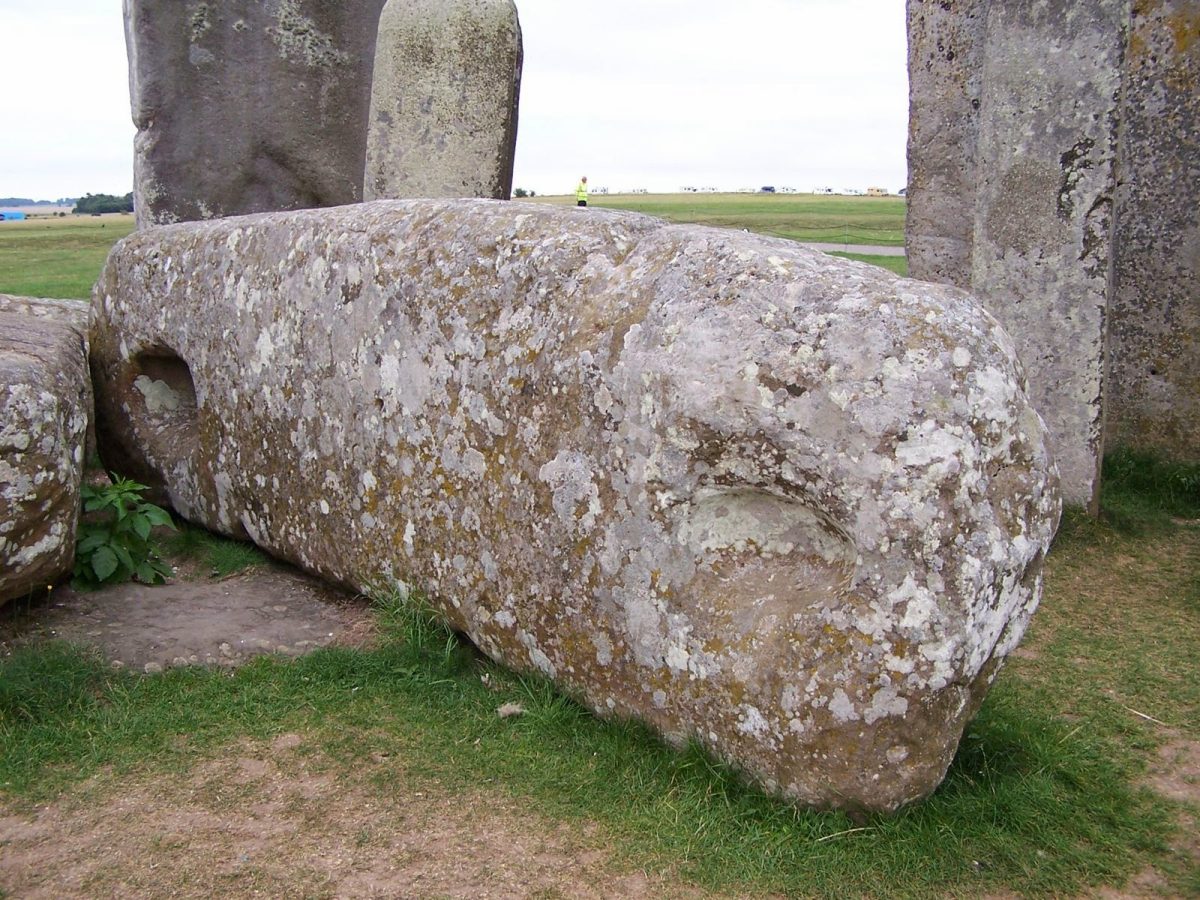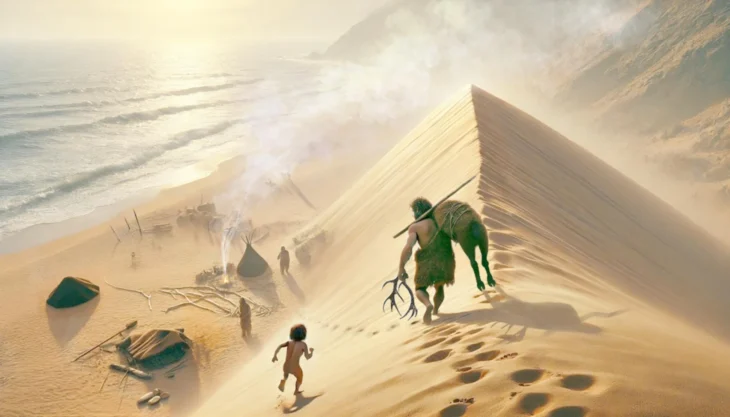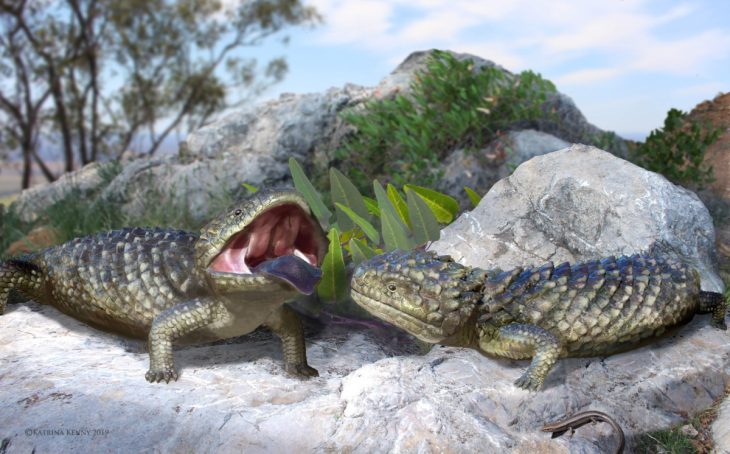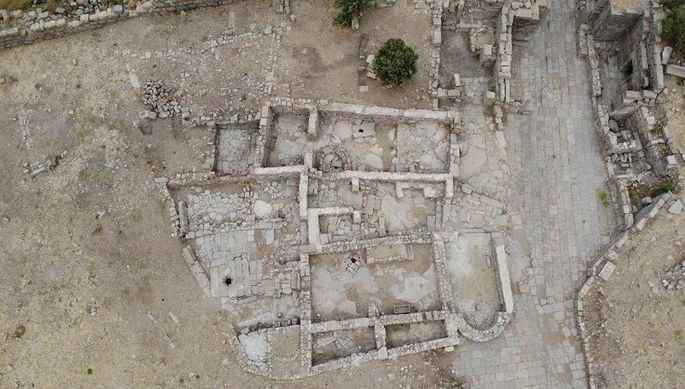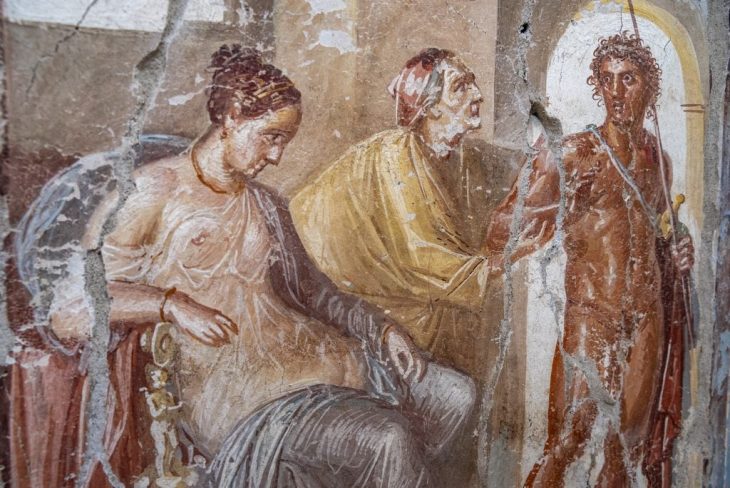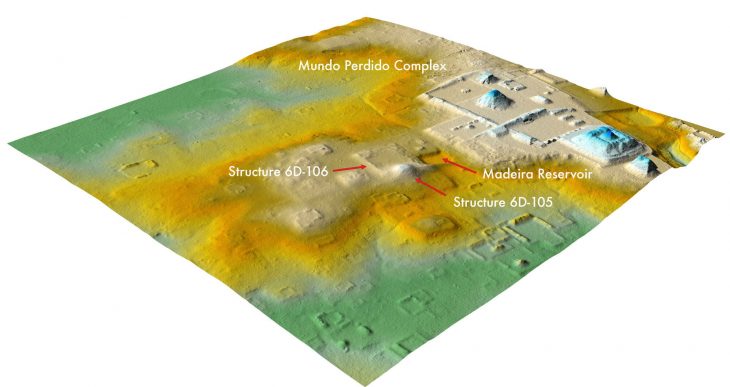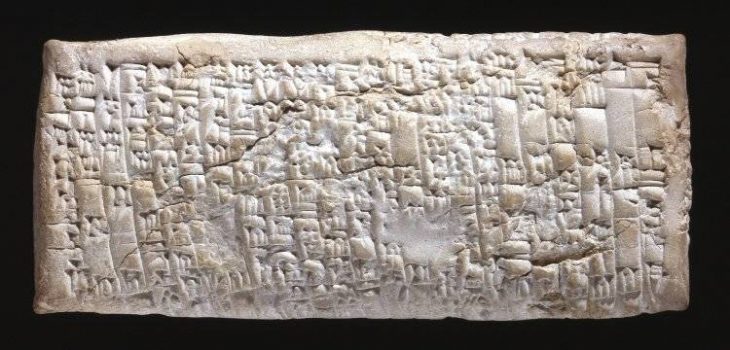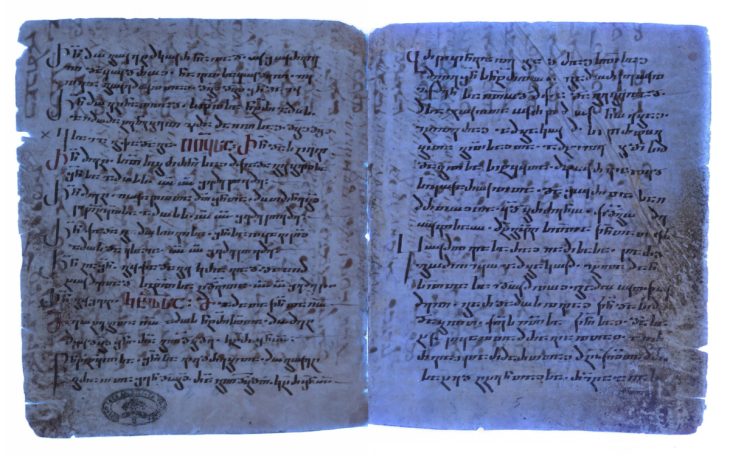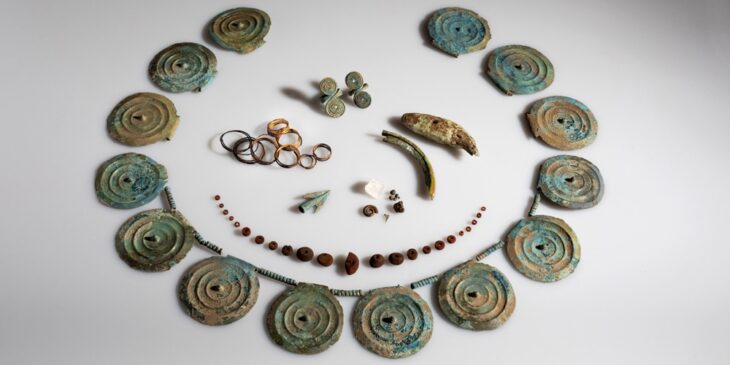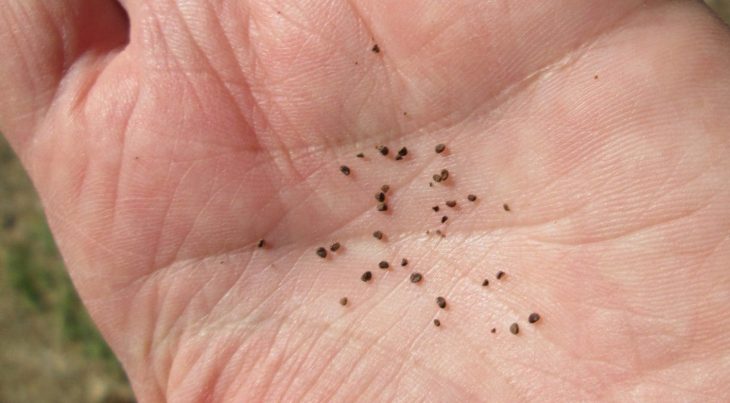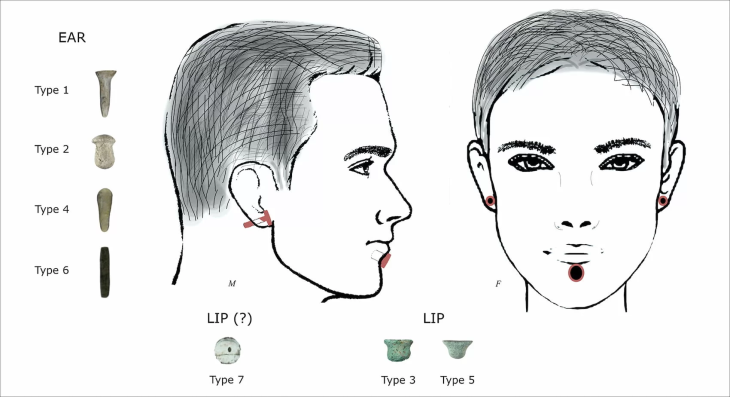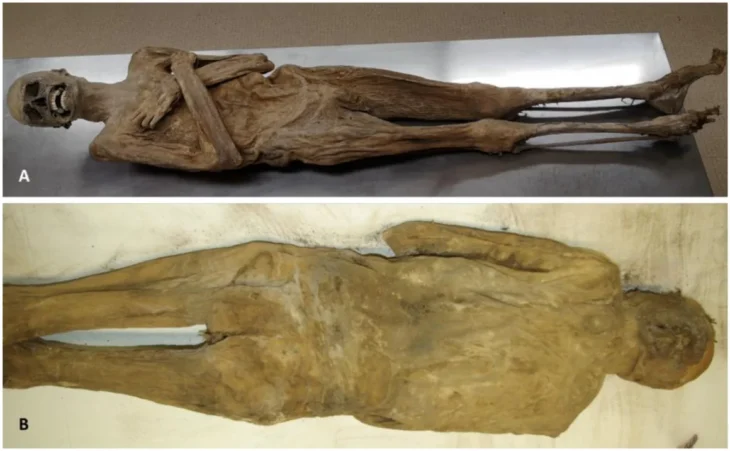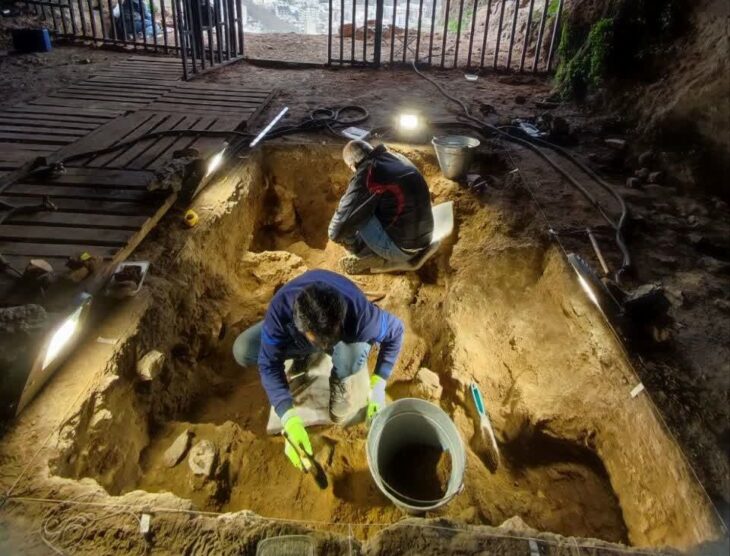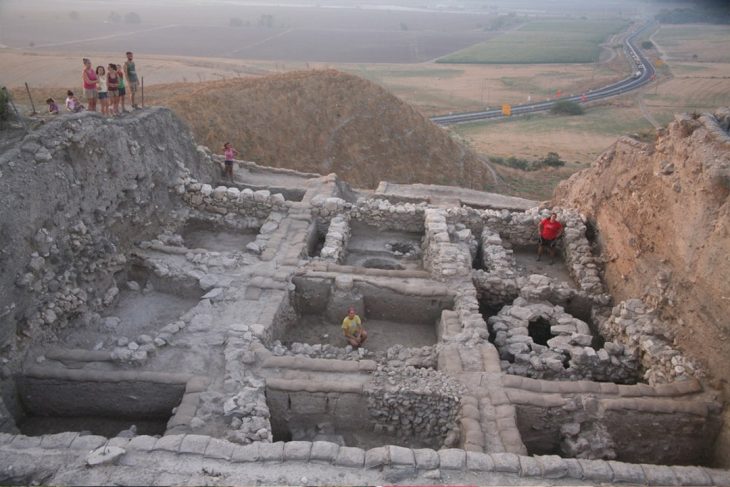Recent research led by Curtin University suggests that the Altar Stone at Stonehenge may have originated in northeast Scotland, at least 700 kilometers (434 miles) from its final placement in southwest England.
The new study locates the origins of this monolithic block in northeast Scotland, defying the long-held belief that it originated in Wales. Moreover, the results indicate the presence of remarkably sophisticated modes of transportation and social structure when the stone arrived at its present site approximately 5000 years ago in southern England.
The study titled “A Scottish Provenance for the Altar Stone of Stonehenge” was published in the journal Nature.
The new research adds more intrigue to the story of the well-known Neolithic site, though it is unclear how prehistoric humans managed to move the 6-ton rock to the other side of the British Isles.
Stonehenge‘s construction started some 5,000 years ago, and over the next 2,000 years, numerous additions and modifications were made. Before, it was believed that the henge was made of two different kinds of rock: the larger, well-known sarsen, which was probably mined 25 kilometers (15.5 miles) away from Marlborough, and the smaller bluestones, which were taken from the Preseli Hills in southwest Wales.
📣 Our WhatsApp channel is now LIVE! Stay up-to-date with the latest news and updates, just click here to follow us on WhatsApp and never miss a thing!!
The Altar Stone, a massive block of sandstone that is buried flat in the center of the monument and measures 5 by 1 meters (more than 16 by 3 feet), was long thought to be one of the Welsh bluestones, but recent research showed that wasn’t the case.
Curtin researchers studied the age and chemistry of mineral grains within fragments of the Altar Stone, which sits at the center of Stonehenge’s iconic stone circle in Wiltshire.

Lead author PhD student Anthony Clarke from the Timescales of Mineral Systems Group within Curtin’s School of Earth and Planetary Sciences said analysis of the age and chemical composition of minerals within fragments of the Altar Stone matched it with rocks from northeast Scotland, while also clearly differentiating them from Welsh bedrock.
“Our analysis found specific mineral grains in the Altar Stone are mostly between 1000 to 2000 million years old, while other minerals are around 450 million years old,” Mr Clarke said.
“This provides a distinct chemical fingerprint suggesting the stone came from rocks in the Orcadian Basin, Scotland, at least 750 kilometers away from Stonehenge. Given its Scottish origins, the findings raise fascinating questions, considering the technological constraints of the Neolithic era, as to how such a massive stone was transported over vast distances around 2600 BC.”
“This discovery also holds personal significance for me. I grew up in the Mynydd Preseli, Wales, where some of Stonehenge’s stones came from. I first visited Stonehenge when I was one year old and now at 25, I returned from Australia to help make this scientific discovery – you could say I’ve come full circle at the stone circle.”
Study co-author Professor Chris Kirkland, also from the Timescales of Mineral Systems Group at Curtin, said the findings had significant implications for understanding ancient communities, their connections, and their transportation methods.
“Our discovery of the Altar Stone’s origins highlights a significant level of societal coordination during the Neolithic period and helps paint a fascinating picture of prehistoric Britain,” Professor Kirkland said.

“Transporting such massive cargo overland from Scotland to southern England would have been extremely challenging, indicating a likely marine shipping route along the coast of Britain.
“This implies long-distance trade networks and a higher level of societal organization than is widely understood to have existed during the Neolithic period in Britain.”
Curtin Vice-Chancellor Professor Harlene Hayne said much of the research and analysis done by Mr Clarke and Professor Kirkland was undertaken at the University’s renowned John de Laeter Centre.
Funded by an Australian Research Council Discovery Project, the research was performed in collaboration with Aberystwyth University, The University of Adelaide and University College London.
The full study, published in the journal Nature, can be found here: A Scottish provenance for the Altar Stone of Stonehenge | Nature. (DOI: 10.1038/S41586-024-07652-1)

